Forget the desirability (or lack thereof) of tax hikes: can Britain survive them? That’s the economic question that kicked off the new year in cabinet this week when Jacob Rees-Mogg was reported to have encouraged the Prime Minister and his colleagues to roll back plans to bring in the new National Insurance levy this April.
A recap on the proposals: the 1.25 per cent National Insurance hike will be paid by both employers and employees, and will eventually be funnelled into social care, we’re told. But for the first few years, most of the tax revenue it raises (roughly £12 billion) will go to addressing the NHS backlog and the millions of people on waiting lists. The Prime Minister argues this cash injection will eventually fix social care, justifying his decision to break a manifesto promise; but ministers such as Rees-Mogg can’t help but notice the cost of living crisis that is already under way in Britain — even before the new levy takes the tax burden to a 71-year high.
There may be some shortages in supermarkets right now, but no shortage of financial burdens facing a pandemic-weary nation: energy bills are set to soar this spring, possibly doubling for some people who have been enjoying a fixed rate. Inflation has already outpaced the Bank of England’s latest prediction, hitting 5 per cent months in advance of when economists expected it would. For now, prices are only estimated to go up further, with Goldman Sachs this week suggesting CPI could hit 6.8 per cent this April.
And that’s all before their taxes go up, with no guarantee in the policy design that the extra money will reduce NHS waiting times or add a single extra bed to social care capacity. And it’s not just the levy that will direct more income from workers into the pockets of HMRC. Analysis from the House of Commons Library, revealed by today’s Telegraph, suggests that over a million people are going to be bumped into a higher rate tax band over the next four years, due to the income tax threshold freeze brought in by the Treasury last year.
In cabinet, Rishi Sunak reportedly pushed back on Rees-Mogg’s call to scrap the new levy, noting that if it were ditched, another tax would need to rise (or spending would need to be cut) to pay for the government’s health and social care plans. Sunak isn’t a Chancellor delighted by the prospect of tax rises: indeed he’s now made a personal pledge to Tory MPs to try and put ‘every marginal pound… into lowering people’s taxes’. But having borrowed hundreds of billions of pounds over the past two years to pay for Covid — and watching inflation take off, while the prospect of interest rate hikes loom — Sunak is insistent that the magic money tree remains off-limits for day-to-day spending plans.
Hiking taxes and overseeing a period of huge rises to the cost of living are not places the Tory party wants to be. But for as long as the Prime Minister sticks with big-spending policies, the trade-offs between low(er) taxes and fiscal responsibility will be intensely debated. It may be a new year, but it’s ushering in last year’s financial conundrums. Spending lots of money was the easy part — repairing the finances is the real challenge ahead.
Got something to add? Join the discussion and comment below.
Get 10 issues for just $10
Subscribe to The Spectator Australia today for the next 10 magazine issues, plus full online access, for just $10.


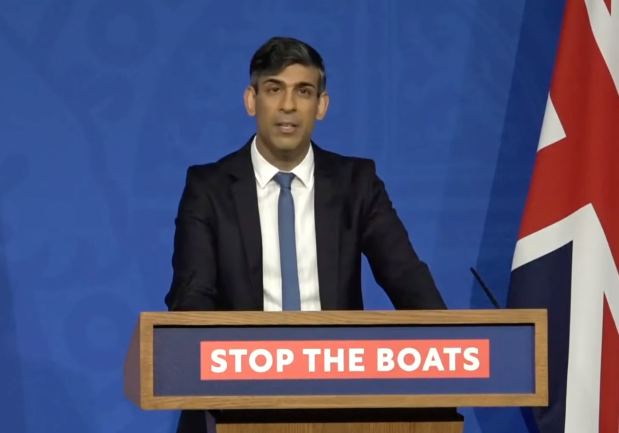
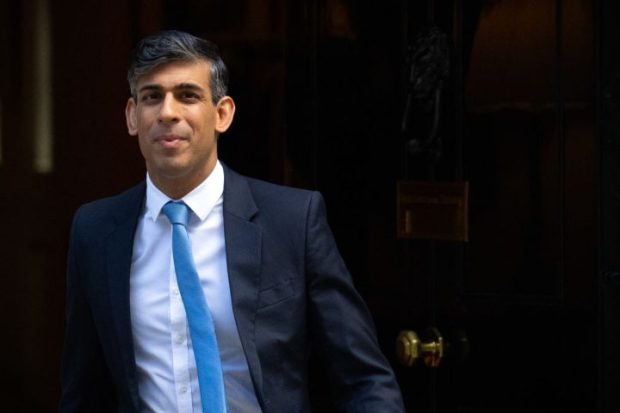
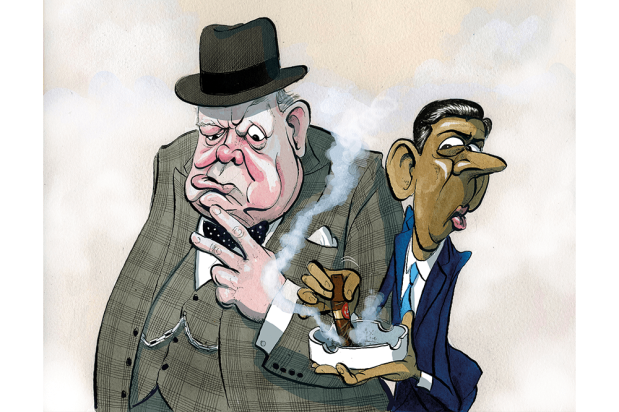
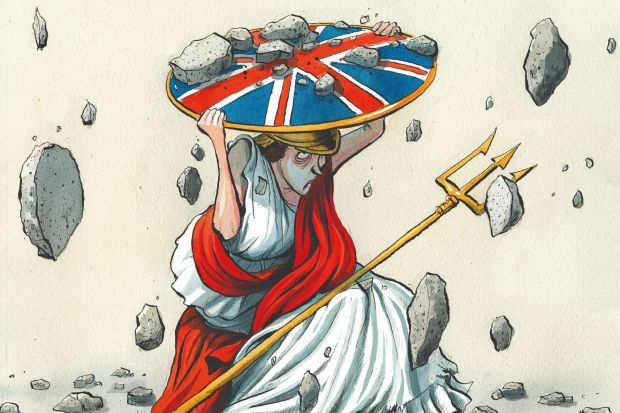
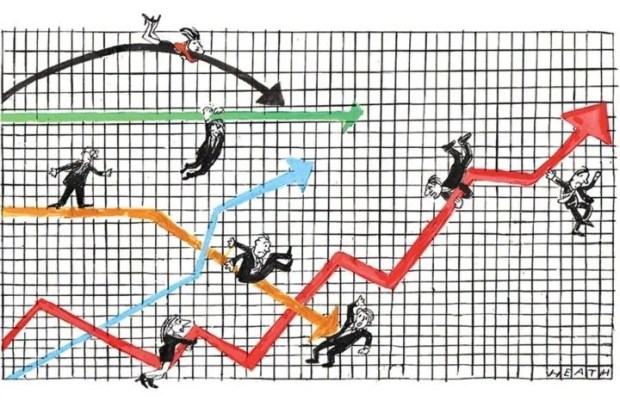
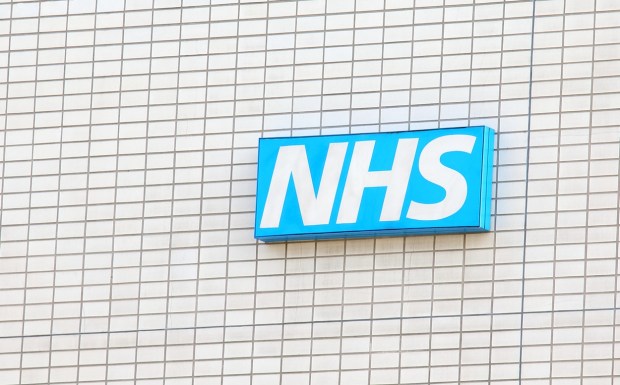












Comments
Don't miss out
Join the conversation with other Spectator Australia readers. Subscribe to leave a comment.
SUBSCRIBEAlready a subscriber? Log in